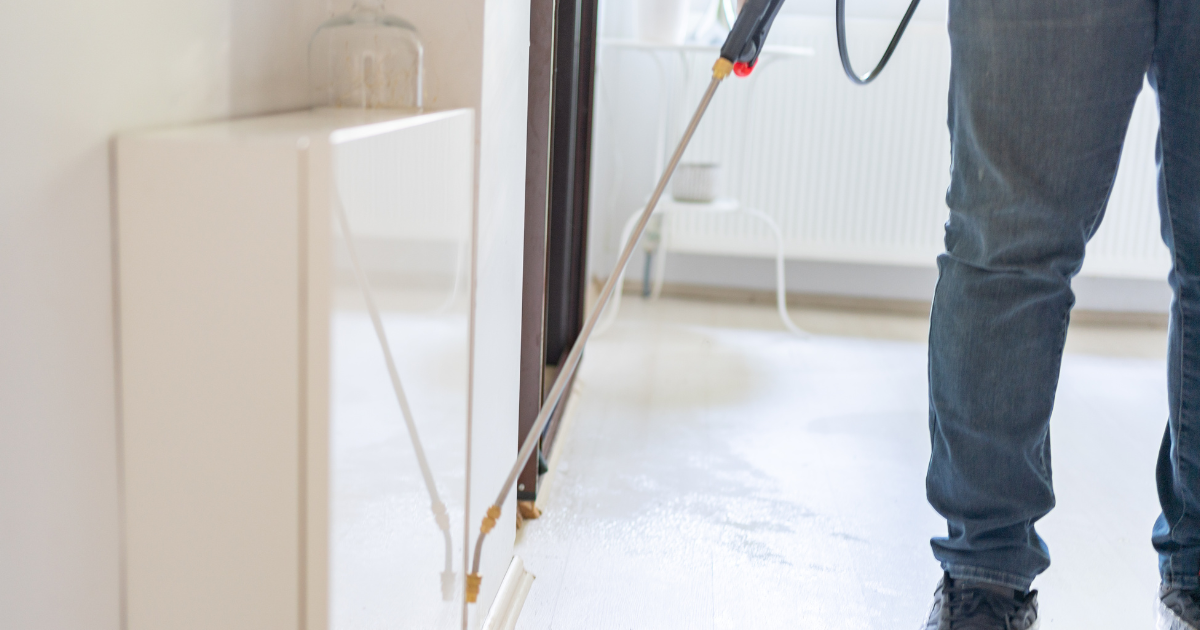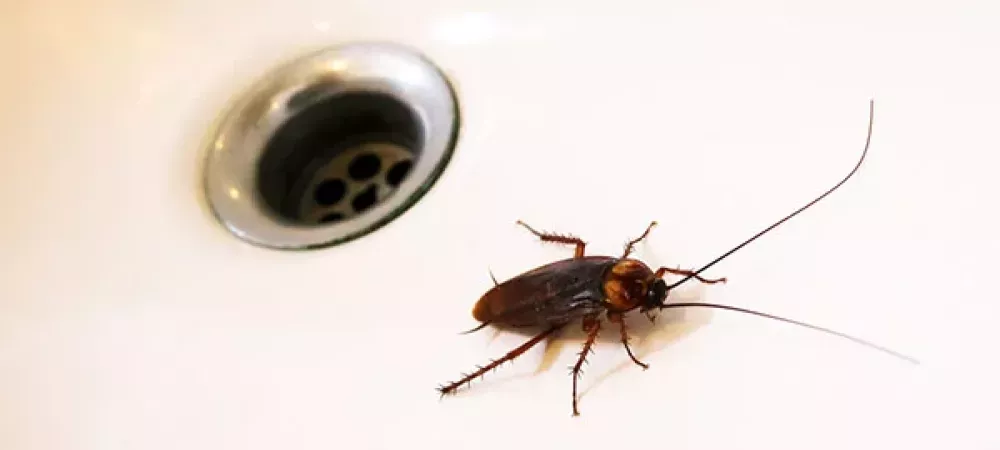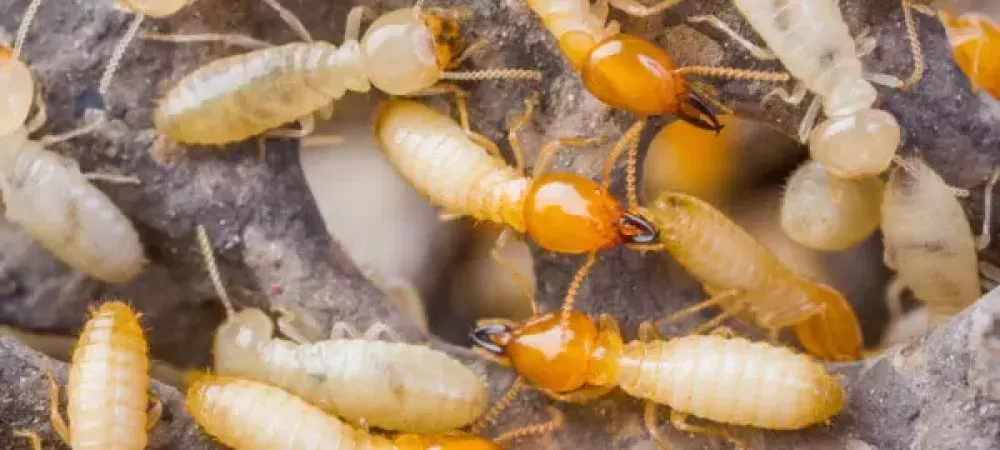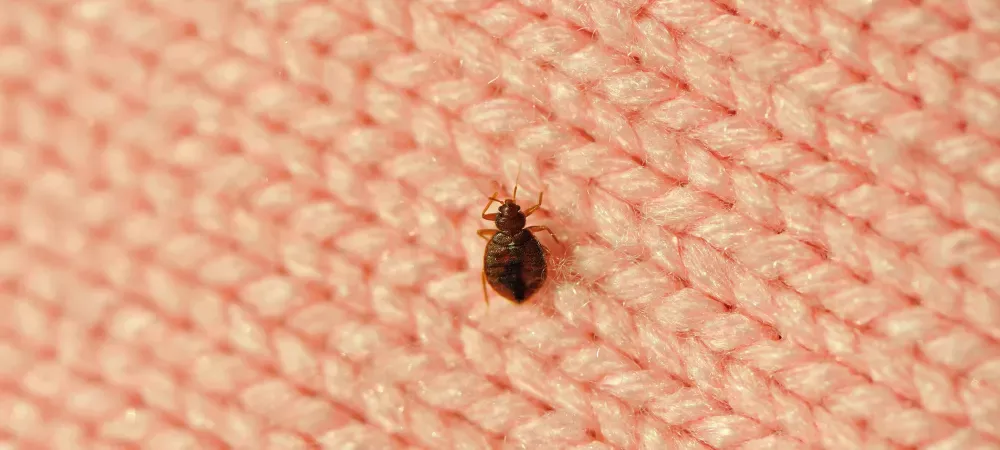Stink Bug Control Techniques for Charleston Dwellers
As Charleston residents face the challenge of stink bugs, identifying and managing these pests becomes a top priority for those wishing to protect their homes and gardens. From the brown marmorated stink bug, an invasive species that wreaks havoc on fruits and vegetables, to the native green stink bug, the battle against these pests is real.
But fear not, as there are effective DIY techniques ranging from natural repellents to homemade traps that can safeguard your living spaces from these unwanted invaders.
This guide will arm you with the knowledge and tools needed to take a stand against stink bug infestations.
Identifying Stink Bug Infestations in Your Home
Grasping the early signs of a stink bug infestation within your Charleston abode is the first step toward reclaiming your space from these unwelcome guests. These insects, known scientifically as part of the Pentatomidae family, sneak into homes seeking warmth as the seasons change, leaving a trail of indicators in their wake.
Spotting these hallmarks involves a sharp eye for both the physical presence of the brown marmorated stink bug—or its kin—and the subtle yet distinctive damage inflicted on your indoor plants and garden produce.
Spotting the Hallmarks of Stink Bug Presence
The first telltale sign of a stink bug infestation is the sight of the bugs themselves, particularly the brown marmorated species, which often take refuge in warm spaces inside homes during colder months. These shield-shaped insects, with their distinctive marbled brown pattern on the back and abdomen, are not only a nuisance but also a threat to your plants and peace of mind.
Another indicator is the damage seen on indoor plants or garden vegetation, accompanied by an unmistakable odor when these pests are disturbed or crushed. This odor, a defense mechanism against predators, lingers and can permeate areas of the home, creating an unpleasant environment. The unique combination of visual and olfactory cues helps homeowners identify the scope of the infestation and take prompt action.
Natural Repellents to Keep Stink Bugs Away
As residents of Charleston well know, stink bugs can transform from a minor annoyance into a full-blown infestation in no time. Yet, not everyone is keen on reaching for chemical solutions immediately.
For those inclined towards a more organic approach to pest control, nature offers a couple of potent allies that can help keep these pesky intruders at bay. In particular, the surprising power of garlic and mint has been shown to deter stink bugs effectively.
Crafting a homemade garlic spray solution or using mint as a natural deterrent presents environmentally friendly, easy-to-implement strategies that don’t just mask the problem but address it at the source.
Let’s explore how these simple yet effective remedies can safeguard your home from the vexing invasion of stink bugs.
Crafting a Homemade Garlic Spray Solution
Creating a garlic spray solution emerges as a remarkably effective method to deter stink bugs from invading Charleston homes. Simply blending a few cloves of garlic with water and letting the mixture sit overnight can create a potent repellent spray. This natural mixture leverages garlic’s strong odor to repel stink bugs without relying on harsh chemicals.
After straining the garlic pieces, the liquid can be transferred to a spray bottle for easy application around windows, doors, and other potential entry points where stink bugs might infiltrate. Spraying this solution regularly not only prevents new bugs from entering but also discourages those already inside from settling down, offering Charleston residents a safe and environmentally friendly option to protect their homes.
Sealing Entry Points to Prevent Stink Bug Invasions
Turning our attention from natural repellents to a more structural approach in the battle against stink bugs, securing your Charleston residence against these invading pests involves a keen eye and a bit of elbow grease.
Before the cooler months beckon these pests indoors, taking proactive steps to fortify your home’s defenses is imperative.
Inspecting your home thoroughly for common entry points and subsequently sealing these vulnerabilities offers a frontline defense against the seasonal influx of stink bugs.
Engaging in this critical inspection and fortification process not only helps to keep these troublesome insects outside where they belong but also enhances your home’s overall pest resistance.
Inspecting Your Home for Common Entry Points
Embarking on a detailed inspection of your Charleston home for potential entry points is a crucial step in stink bug prevention. Focus on identifying cracks and crevices around windows, doors, and the foundation, where stink bugs are known to squeeze through in search of warmth.
Utilizing a flashlight and a mirror can aid in spotting less obvious gaps, especially in hard-to-reach areas like attic vents, chimneys, and beneath siding. Once identified, these entry points are prime targets for sealing efforts to keep stink bugs at bay.
When to Call the Professionals at Anchor Environmental
Are you finding stink bugs invading your home or property? When it comes to eradicating and preventing these pesky pests, it’s essential to know when to call in the professionals at Anchor Environmental. Stink bugs can quickly become a nuisance, especially during their peak seasons. Attempting to handle infestations alone may not yield effective results, and DIY can fall short. Our team at Anchor Environmental is equipped with the expertise and resources to tackle stink bug problems efficiently and safely.
- Targeted Treatment: Anchor Environmental employs targeted treatment methods specifically designed to eliminate stink bugs from your property effectively.
- Environmentally Friendly Solutions: Our eradication techniques prioritize the use of environmentally friendly products and practices to minimize the impact on surrounding ecosystems.
- Long-Term Prevention: In addition to eradication, our team offers comprehensive prevention strategies to ensure that stink bugs stay away from your home or business for the long term.
Trust Anchor Environmental!
For Charleston residents, adopting DIY stink bug control techniques is essential in guarding their homes against invasions.
Calling in professionals offers a comprehensive approach to stink bug deterrence and eradication. Our methods prioritize environmental friendliness, cost-effectiveness, and ease of implementation, making them accessible to all homeowners. By integrating these strategies into regular home maintenance routines, Charleston dwellers can effectively maintain stink-bug-free living spaces while also enjoying a pleasant and safe home environment.









